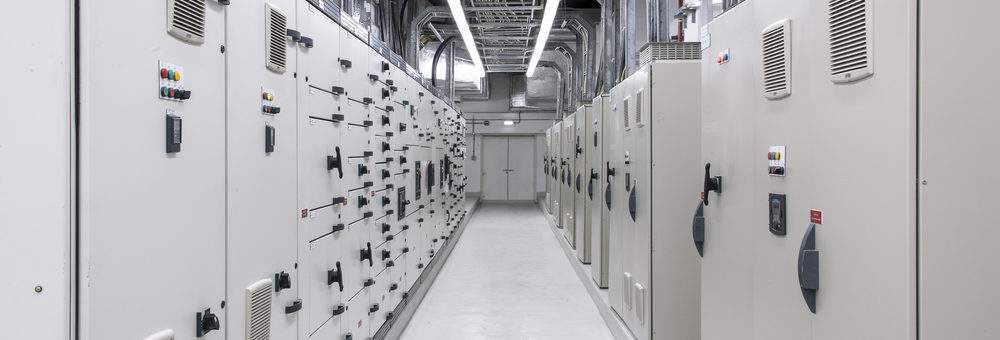Delivering Turn-Key Mission Critical Solutions
Plan. Design. Build. Maintain.
1-800-862-0329
Delivering Turn-Key Mission Critical Solutions
Plan. Design. Build. Maintain.
1-800-862-0329

It is likely that if you are reading this that you already have your own Data Center that is growing. Great! But as your business demands grow, so does the pressure on your servers and cabinets. Having an ideal ecosystem for your servers and cabinets to be placed can be the difference between streamlined efficiency and total meltdown. What creates the ideal ecosystem for Data Center cabinets? Understanding these core values can help you maintain your existing hardware and assist in improving your growth integration products as well.
Cabinets are used because it enables the facility to stack equipment in a vertical fashion and reduce inefficient space. Having the proper space to cabinet ratio is extremely important as it affects your current use and future growth. When choosing cabinets, consider some of these thoughts before making a final decision:
Energy footprint is always a major concern within the Data Center Industry. Ensuring required power is available when needed, but not constantly overloading the system is something all facilities try to manage. Adding in the cost of power distribution, it is critical to have this balance managed to reduce the facility footprint and operation costs. Here are some key tips to optimize this balance:
Keeping your hardware at optimal temps, while decreases energy costs starts with proper cooling and airflow management. Effective airflow is the leader in reduced issues with cabinets. Here are some tips to improve your ecosystem:
These are just a few tips to improve your cabinet ecosystem. Contact DCS today to learn how you can continue to improve your Data Center!